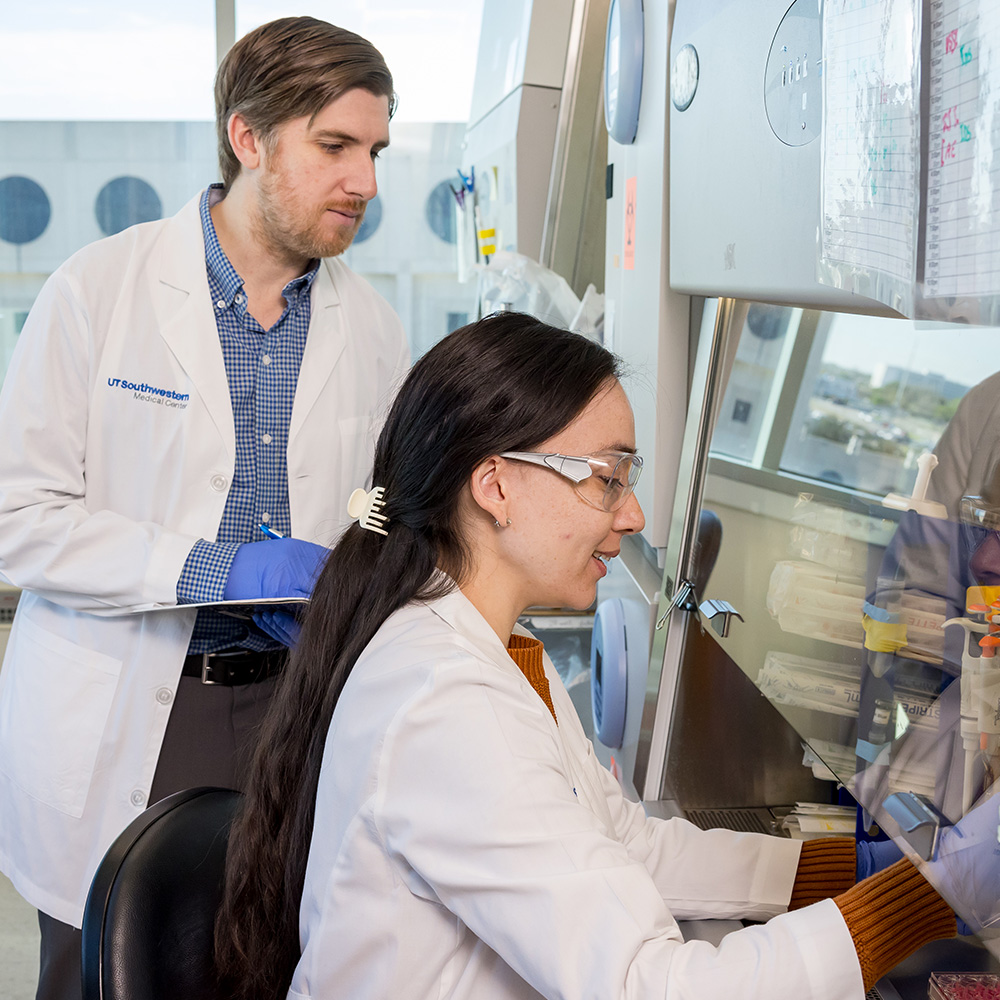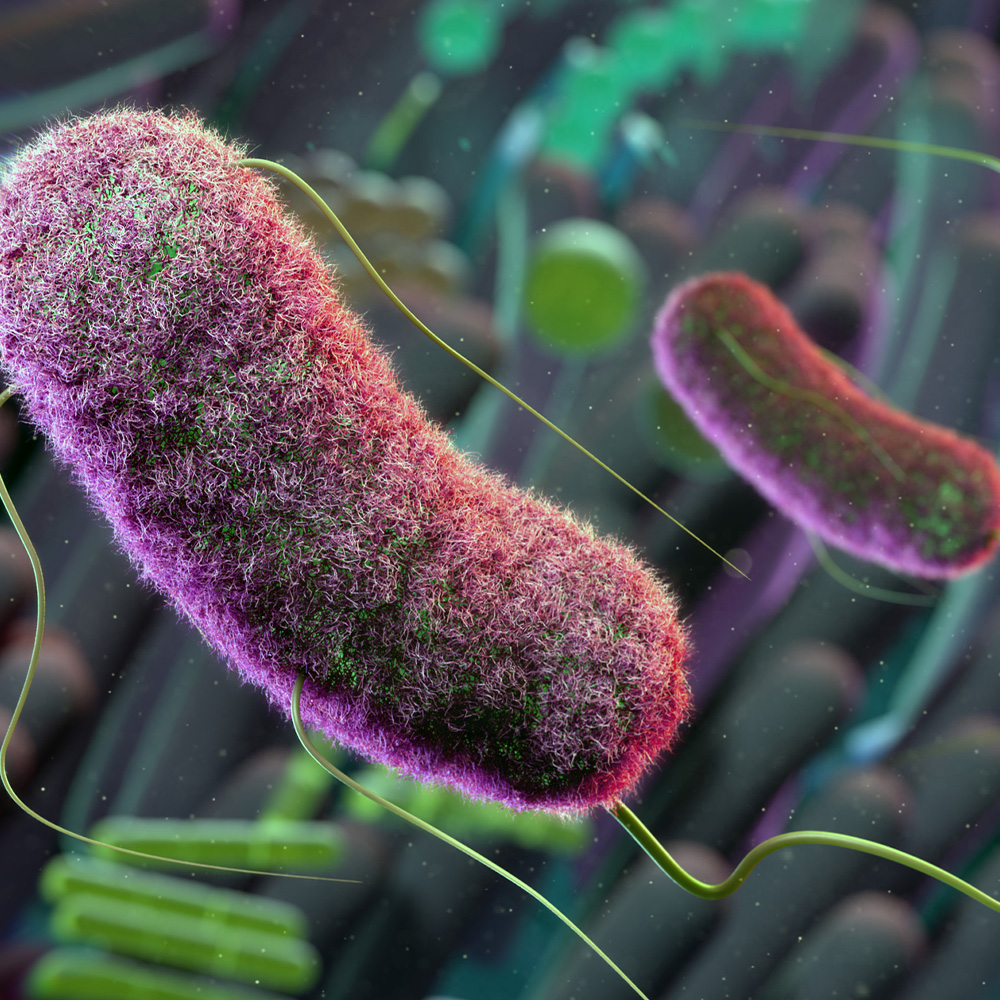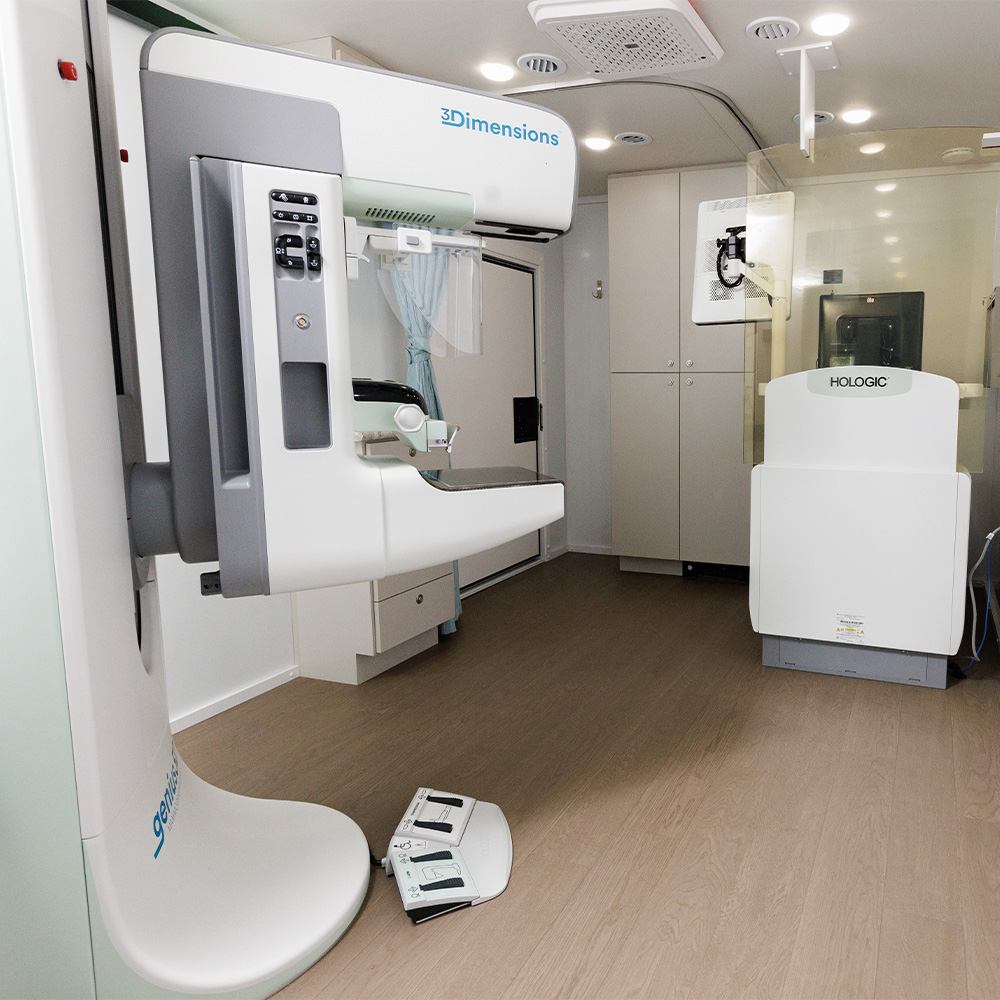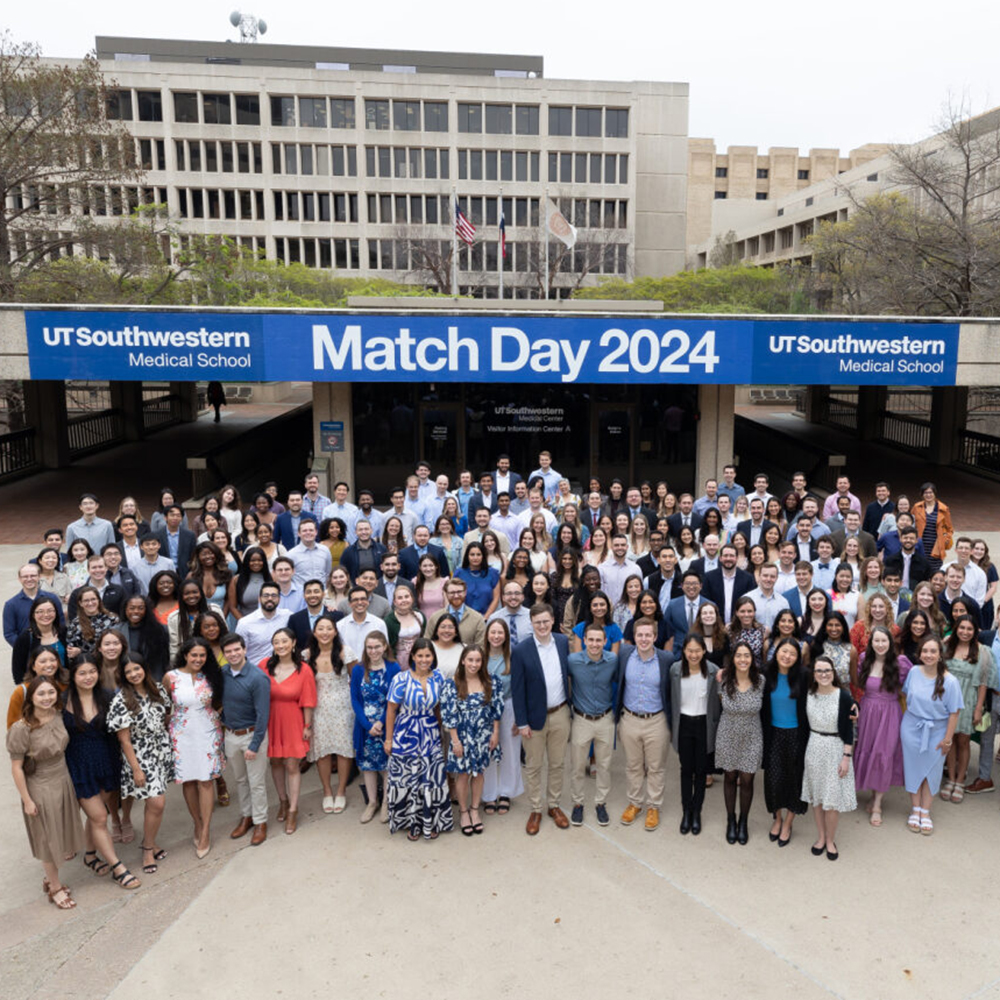Researchers unlock mystery of aggressive kidney cancer
DALLAS – Aug. 09, 2017 – A long-standing question across oncology is why the same cancer may be very aggressive in some patients but not in others. Researchers with the Kidney Cancer Program of UT Southwestern Medical Center’s Harold C. Simmons Comprehensive Cancer Center have uncovered how kidney cancer aggressiveness is determined.
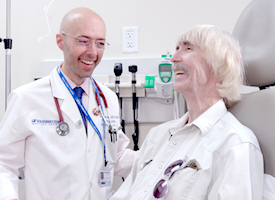
Dr. James Brugarolas with patient Lee Tobel
The team, led by Dr. Payal Kapur and Dr. James Brugarolas, previously showed that kidney cancers can be classified into those with mutations in the BAP1 gene and those with mutations in the PBRM1 gene. They reported in Lancet Oncology that tumors with BAP1 mutations were very aggressive, but those with PBRM1 mutations were not. In subsequent studies with Mayo Clinic involving 1,400 patients, they showed that 90 percent of patients with PBRM1 tumors were alive 10 years after surgery for kidney cancer, but only 40 percent of those with BAP1 tumors.
To determine whether BAP1 and PBRM1 were not only associated with, but indeed responsible for the differences in aggressiveness, the investigators engineered mice with mutations in either BAP1 or PBRM1 in their kidneys. Interestingly, BAP1 mice developed kidney cancer in three months. In contrast, it took more than nine months for tumors to develop in the PBRM1 mice. Their features were similar to the human counterparts.
“These results show that the BAP1 and PBRM1 genes are responsible for more aggressive and less aggressive kidney cancers, respectively,” stated Dr. Brugarolas, Associate Professor of Internal Medicine and Leader of the Kidney Cancer Program, who is senior author of the Cancer Discovery study.
Further, Kidney Cancer Program investigators have developed a test that allows patients to find out whether their tumor is BAP1 mutant or not. “While only 10-20 percent of kidney cancers are the BAP1 type, patients are often anxious to know,” said Dr. Kapur, Associate Professor of Pathology and co-Leader of the Kidney Cancer Program, who developed the test.
This research was part of a Specialized Program of Research Excellence (SPORE) from the National Cancer Institute (NCI), one of two prestigious awards for kidney cancer in the country. By developing a mouse model of kidney cancer, investigators are now poised to find new treatments. “This is particularly important for the BAP1 cancers,” Dr. Brugarolas said. Better treatments, mean better outcomes. Notably, while nationally, 5-year-survival rates are 10 percent for patients with metastatic kidney cancer, 20 percent of the patients are alive in the Kidney Cancer Program. “This is likely due to a multiplicity of factors, including an exceptional team of urologists, medical oncologists, and radiation oncologists with dedicated expertise, the availability of the latest treatments in clinical trials, as well as an excellent support system that includes terrific patient advocates,” said Dr. Hans Hammers, Associate Professor of Internal Medicine and co-Leader of the Kidney Cancer Program.
Kidney cancer is the sixth most common cancer type affecting men and women. The Kidney Cancer Program at UT Southwestern includes more than 20 expert physicians and over 60 faculty conducting laboratory-based or translational research. Discoveries at the KCP have led to a new understanding of how kidney cancer develops, and are leading to new treatments. Dr. Brugarolas’ team previously discovered another gene mutated in kidney cancer, the TSC1 gene, which may identify patients most likely to respond to the drugs everolimus and temsirolimus.
In addition to identifying cancer genes, ongoing efforts within the Kidney Cancer Program at UT Southwestern focus on leveraging Nobel Prize-winning immunology research and include numerous clinical trials of immunotherapies. The Simmons Cancer Center at UT Southwestern is one of just 30 U.S. cancer research centers designated by the NCI as a National Clinical Trials Network Lead Academic Participating Site.
The current research was supported by grants from the National Institutes of Health and the Cancer Prevention and Research Institute of Texas. Support for imaging came from an NCI Cancer Center Support Grant.
The Simmons Cancer Center is the only NCI-designated Comprehensive Cancer Center in North Texas and one of just 48 NCI-designated Comprehensive Cancer Centers in the nation. Simmons Cancer Center includes 13 major cancer care programs. In addition, the Center’s education and training programs support and develop the next generation of cancer researchers and clinicians.
Lee Tobel is ‘fighting all the way’
“I was always an active person. Long hours never bothered me. But I became tired all the time, so I knew something was wrong,” explained 63-year-old, Lee Tobel.
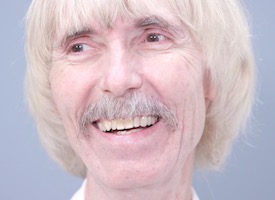
Mr. Tobel was diagnosed with kidney cancer in 2013. His tumor was unusually large and he was referred to the Kidney Cancer Program at UT Southwestern Medical Center, where Dr. Ganesh Raj, Professor of Urology and Pharmacology, removed the tumor, and Dr. James Brugarolas, Leader of the Kidney Cancer Program, became his oncologist.
Dr. Payal Kapur, the Kidney Cancer Program pathologist, had Mr. Tobel’s tumor tested and found that BAP1 was inactivated.
“Lee’s cancer was very aggressive,” Dr. Brugarolas said.
Mr. Tobel’s cancer progressed rapidly on first-line therapy and then on immunotherapy. Cabozantinib, a new drug, was able to stop cancer growth for a few months, however, the cancer ultimately began growing again. Mr. Tobel, eager to continue treatment went on to fourth-line therapy with a combination of two drugs, lenvatinib and everolimus, but his cancer progressed within a month.
“I started becoming anemic,” Mr. Tobel said. “My cancer had invaded into the liver and the diaphragm, and I was having uncontrollable hiccups.”
Having tried five different treatments, including the latest treatments for kidney cancer, Mr. Tobel had no options left. “I wanted to do anything,” Mr. Tobel said.
At that point, Dr. Brugarolas suggested trying a higher dose of cabozantinib. “I warned him, that side effects could get really bad,” said Dr. Brugarolas, but there was little else that could be done. “We needed to think outside the box,” Dr. Brugarolas said.
Mr. Tobel is doing well so far. “What Dr. B does is fantastic,” Mr. Tobel said. “His research and his devotion to finding cures is remarkable.”
Mr. Tobel said he is savoring the time he has. Life is different these days, slower, but still good.
“I’m the type of person who likes to stay busy and do all kinds of things, so being able to do what I can right now, I feel blessed.”
Mr. Tobel said he generally does not think about his disease during the day and at night he sleeps soundly, just as he always has. The patient advocates at UT Southwestern, Merlinda Chelette and Tony Towler, have been a great help.
“I was just fortunate to get into the right hands, buy a little more time if nothing else. I have grandchildren. I have a great-grandchild now, and I still want more time to spoil them all,” Mr. Tobel noted. “I’ve been fighting all the way through it, and I intend to keep fighting.”
“Mr. Tobel exemplifies the fighting spirit we see in many patients,” Dr. Brugarolas remarked. “He wants to fight until he has got nothing left, and he wants us to learn as much as we can to help other patients.”
About UT Southwestern Medical Center
UT Southwestern, one of the premier academic medical centers in the nation, integrates pioneering biomedical research with exceptional clinical care and education. The institution’s faculty has received six Nobel Prizes, and includes 22 members of the National Academy of Sciences, 18 members of the National Academy of Medicine, and 14 Howard Hughes Medical Institute Investigators. The faculty of more than 2,700 is responsible for groundbreaking medical advances and is committed to translating science-driven research quickly to new clinical treatments. UT Southwestern physicians provide care in about 80 specialties to more than 100,000 hospitalized patients, 600,000 emergency room cases, and oversee approximately 2.2 million outpatient visits a year.
###
Media Contact: Cathy Frisinger
214-648-3404
cathy.frisinger@utsouthwestern.edu
To automatically receive news releases from UT Southwestern via email, subscribe at www.utsouthwestern.edu/receivenews.

